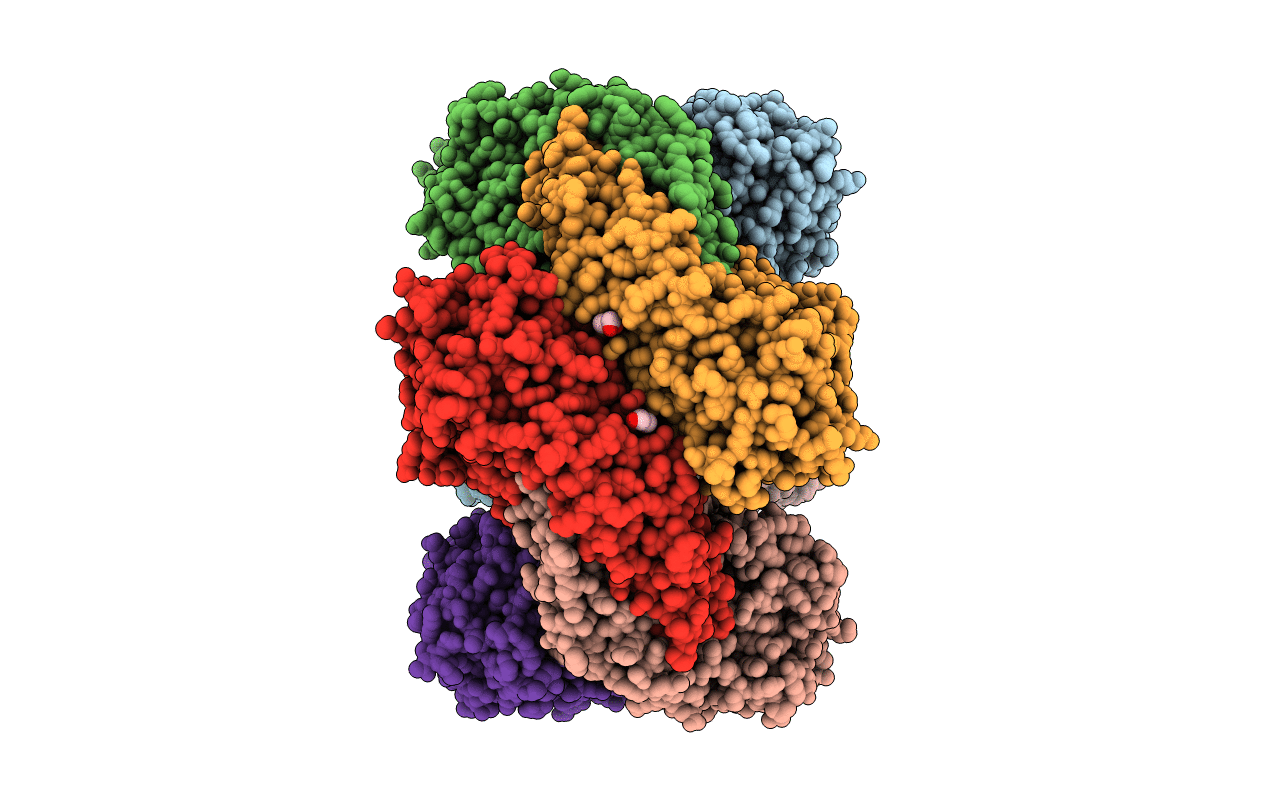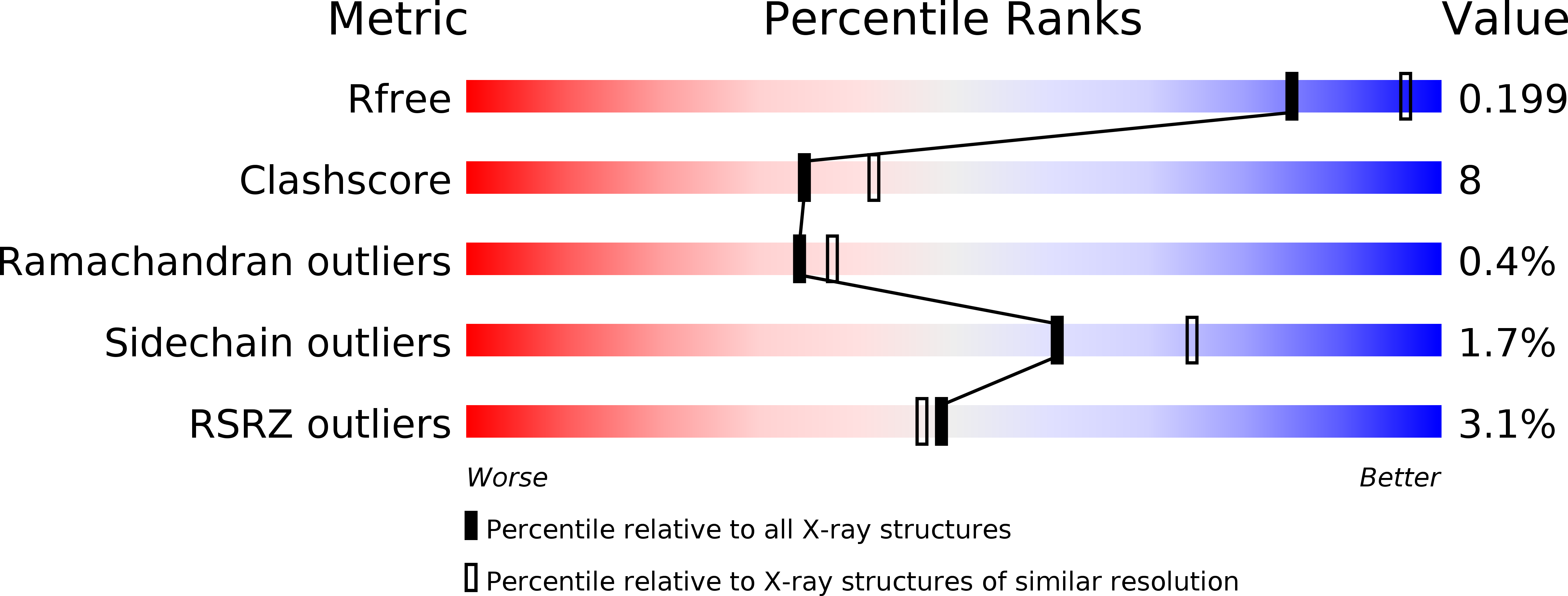
Deposition Date
2016-05-30
Release Date
2016-10-05
Last Version Date
2023-09-27
Entry Detail
PDB ID:
5K8P
Keywords:
Title:
Zn2+/Tetrahedral intermediate-bound R289A 5-nitroanthranilate aminohydrolase
Biological Source:
Source Organism:
Bradyrhizobium sp. (Taxon ID: 376)
Host Organism:
Method Details:
Experimental Method:
Resolution:
2.20 Å
R-Value Free:
0.20
R-Value Work:
0.17
R-Value Observed:
0.17
Space Group:
C 2 2 21


